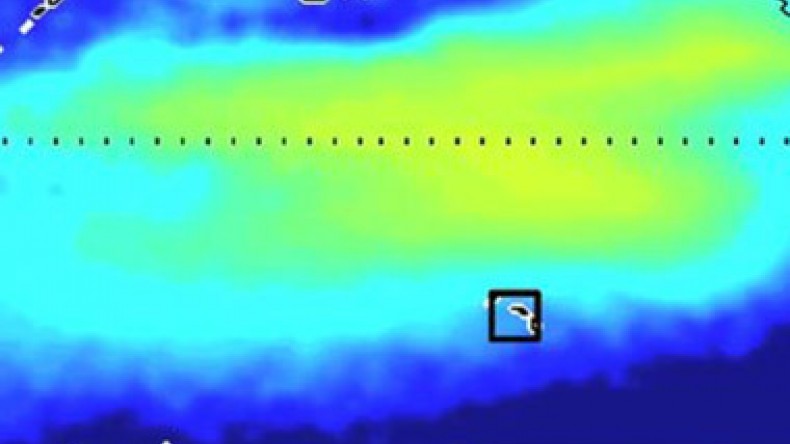
North American scientists track incoming Fukushima plume
The likely scale of the radioactive plume of water from Fukushima due to hit the west coast of North America should be known in the next two months, the BBC reports.
Only minute traces of pollution from the beleaguered Japanese power plant have so far been recorded in Canadian continental waters.
This will increase as contaminants disperse eastwards on Pacific currents.
But scientists stress that even the peak measurements will be well within the limits set by safety authorities.
Since the 2011 Fukushima accident, researchers from the Bedford Institute of Oceanography have been sampling waters along a line running almost 2,000km due west of Vancouver, British Columbia.
And by June of last year, they were detecting quantities of radioactive caesium-137 and 134 along the sampling line’s entire length.
Although the radioactivity concentrations remain extremely low – less than one becquerel per cubic metre of water – they have allowed the scientists to start to validate the two models that are being used to forecast the probable future progression of the plume.
One of these models anticipates a maximum concentration by mid-2015 of up to 27 becquerels per cubic metre of water; the other no more than about two becquerels per cubic metre of water.
Bedford’s Dr John Smith told BBC News that further measurements being taken in the ocean right now should give researchers a fair idea of which model is correct.
And he emphasised again: “These levels are still well below maximum permissible concentrations in drinking water in Canada for caesium-137 of 10,000 becquerels per cubic metre of water – so, it’s clearly not an environmental or human-health radiological threat.”
Newsfeed
Videos






























